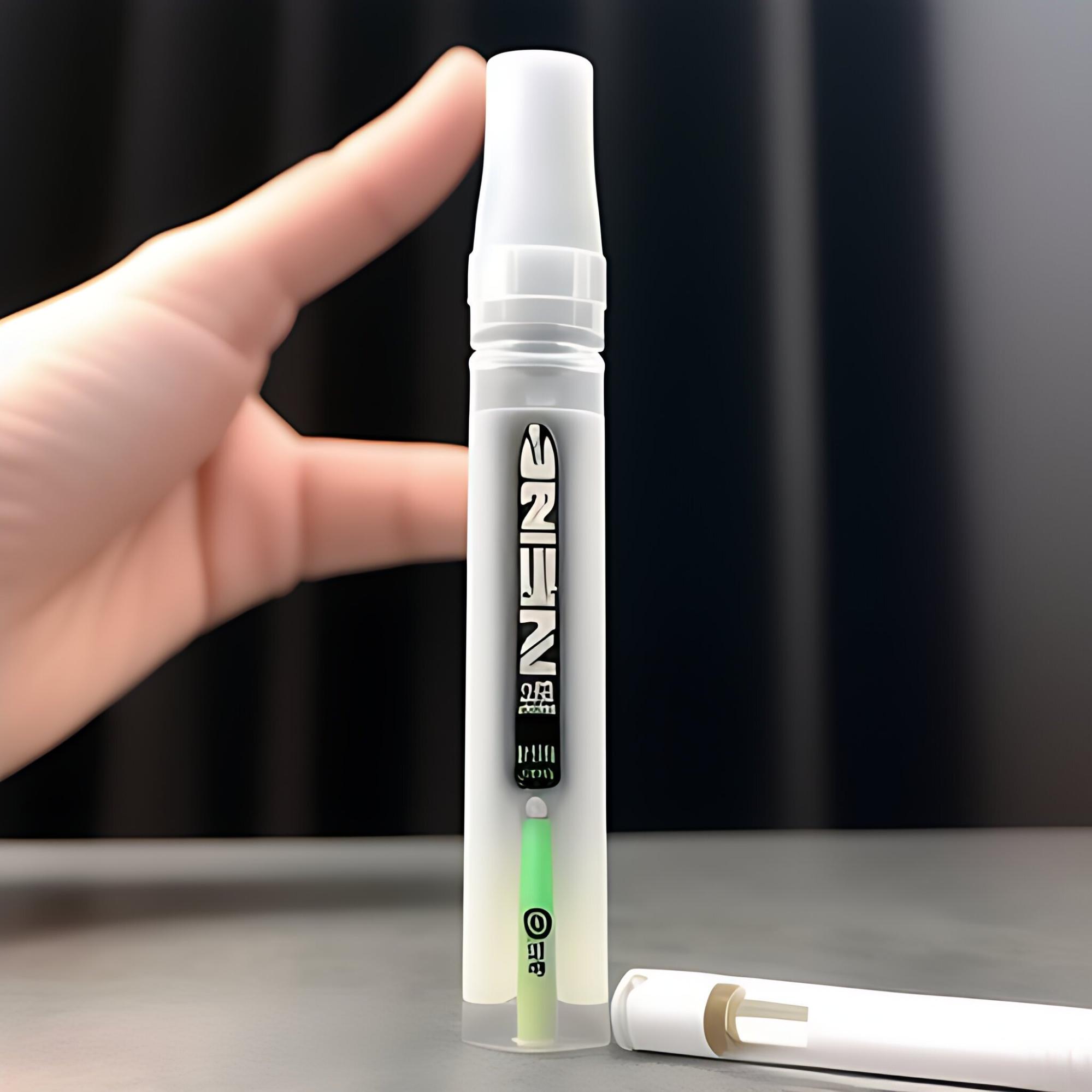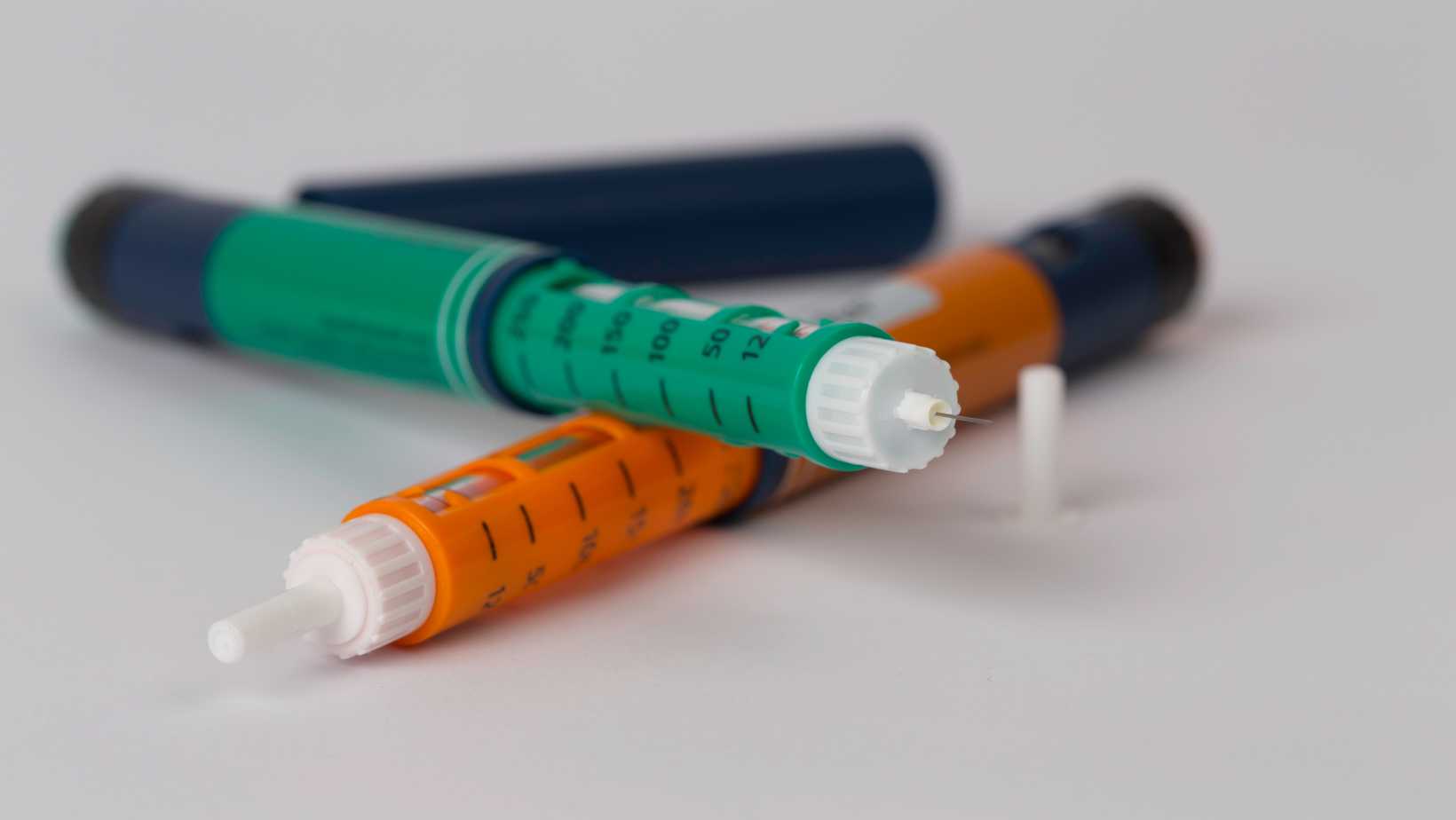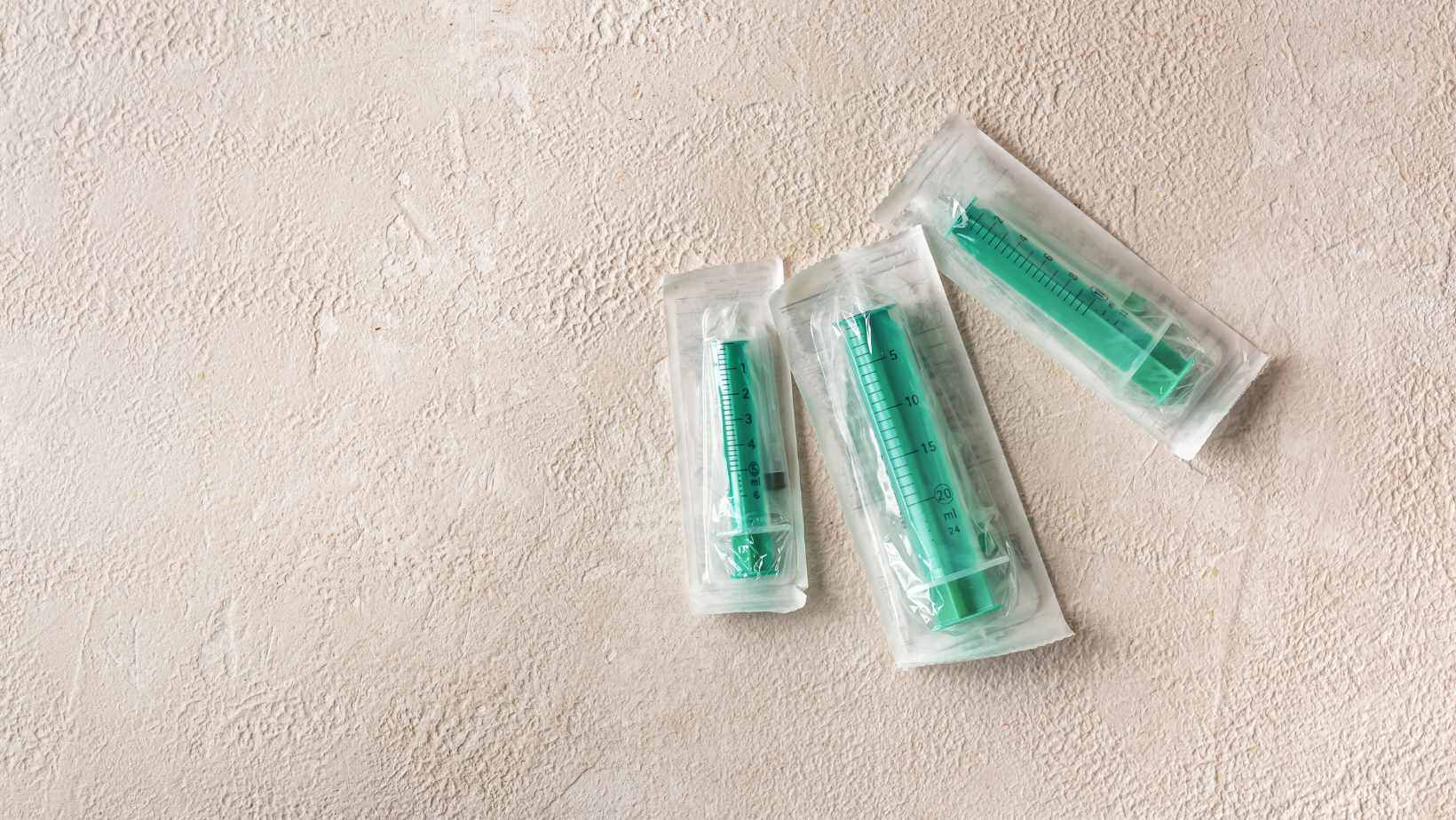How Many Units in a mL of Insulin: The Complete Manual

When it comes to the measurement of insulin, one common question that arises is: how many units are there in a milliliter (ml) of insulin? The answer to this question depends on the concentration or strength of the insulin being used. Insulin can come in different concentrations, typically measured as units per milliliter (U/ml). The most common concentrations include U-100 and U-40.
For U-100 insulin, which is widely used, there are 100 units of insulin contained within each milliliter. This means that if you have a vial or syringe labeled as U-100, every 1 ml will contain 100 units of insulin. It’s important to note that not all insulins have the same concentration, so always check the label or consult with your healthcare provider for accurate dosing instructions.
On the other hand, U-40 insulin has a lower concentration and contains 40 units per milliliter. This type of insulin was more commonly used in the past but has become less prevalent over time. It’s essential to be aware of these variations in concentration to ensure accurate dosing and avoid any potential errors.
How Many Units in a mL of Insulin
Converting Insulin Units to Milliliters
When it comes to understanding the units in a milliliter (mL) of insulin, it’s crucial to have a clear grasp on the conversion process. The concentration of insulin can vary depending on the type and brand, which means the number of units in each mL may differ. Typically, insulin is available in concentrations such as U-100 or U-50, where “U” stands for units per mL.
To convert insulin units to milliliters, you need to know the concentration of your specific insulin product. For example, if you are using U-100 insulin and want to administer 20 units, you would divide the desired number of units by the concentration (100) to determine how many milliliters you need. In this case, 20 divided by 100 equals 0.2 mL.
It’s important always to double-check with your healthcare provider or pharmacist about the precise conversion for your specific type and brand of insulin. They can provide accurate instructions based on your individual needs.
Calculating the Correct Insulin Dosage
Calculating the correct dosage of insulin involves considering various factors such as blood glucose levels, carbohydrate intake, physical activity level, and individual sensitivity. It’s essential not only to understand how many units are in a mL but also how much insulin is appropriate for your particular situation.
Your healthcare provider will guide you through determining your proper dosage based on these factors. They may use formulas that take into account your current blood glucose level and target range. It’s crucial to work closely with them to ensure accuracy when calculating and administering your dose.

Factors Affecting the Unit-to-Milliliter Conversion
When it comes to understanding how many units are in a milliliter (ml) of insulin, there are several factors that can influence this conversion. Let’s dive into some key considerations:
- Insulin Concentration: The concentration of insulin can vary depending on the type and brand you’re using. Typically, insulin is available in concentrations of 100 units/ml or 200 units/ml. It’s important to double-check the concentration stated on your insulin vial or pen before calculating the number of units per ml.
- Syringe or Pen Needle Size: The size of the syringe or pen needle you use for injecting insulin can also impact the unit-to-ml conversion. Different syringe sizes may have varying volume markings, affecting how you measure and administer your prescribed dose accurately.
- Injection Technique: Proper injection technique plays a crucial role in ensuring accurate dosing and delivery of insulin. Factors such as angle, depth, and site selection can affect absorption rates and ultimately impact the effectiveness of each unit per ml administered.
- Temperature Variations: Extreme temperatures can alter the viscosity of insulin, potentially affecting its overall volume per unit measurement. Be mindful of storage recommendations provided by manufacturers to maintain stability and potency.
- Manufacturing Variability: Although efforts are made to ensure consistent manufacturing processes, slight variations may occur between batches or across different brands of insulin products. This could lead to minor differences in unit-to-ml conversions.
It’s essential to consult with your healthcare provider for personalized guidance regarding specific dosage instructions tailored to your needs when determining how many units are present in a ml of insulin for your particular medication.
Remember, accuracy is critical when administering any medication, including insulin. Always follow proper dosing instructions provided by your healthcare professional and seek their guidance if you have any concerns or questions about unit-to-ml conversions.
Note: The information provided here is for informational purposes only and should not replace professional medical advice. Always consult with a healthcare provider for personalized guidance.




